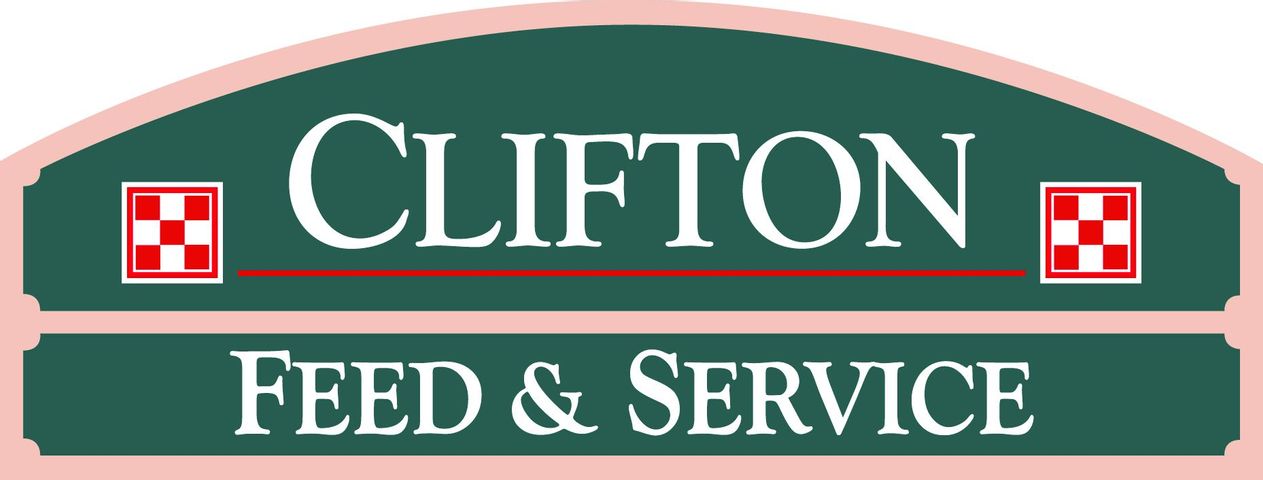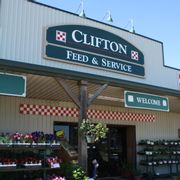January 2018 Newsletter

BBA 1.3 Meeting is this Month
The third session of our BBA series will be Tuesday evening, January 16, 2018 at the Clifton Civic Center. We will discuss forages, stocking rates, use of herbicides and brush control. Maximizing the use of forage is the #1 goal of every beef producer. Forage is our greatest asset in the cattle business. We will discuss the use of several different forage types and the management strategies to compliment each type. Please RSVP to let us know the number in your party. Also, invite your neighbors……...we have plenty of room! See you at 6:00 p.m. on Tuesday, January 16!
Internal Parasites can Rob You Blind
Cattle pick up internal parasites (worms) through normal grazing activity. This happens more often during the “green grass” season throughout the year. If cattle are not given a de-worming product, these worms will stay in the digestive tract and internal organs and take blood meals from the bovine animal. This means forages and supplements that are fed to cattle cannot be fully utilized for meat and milk production. Producers end up wasting money and cattle do not maintain good body condition or milk very well.
Following are two different products and the worms that are eliminated based on the product label:
- Ivermectin Family…….kills Roundworms (including Brown Stomach worm), Lungworms and Grubs. It also provides some control of external parasites like sucking lice, biting lice, mange mites and horn flies.
- Fenbendazole (Safeguard)……..kills Lungworms, Barberpole worms, Brown Stomach worms, Small Stom-ach worms. Safeguard also controls the following intestinal worms: Hookworms, Thread-necked intestinal worms, Small Intestinal worms. Safeguard is also effective against Bankrupt worms and Nodular worms.
Some cattle herds that were de-wormed early last Fall may have been re-infected or not totally cleaned out. Using Safeguard Range Cubes this time of the year is easy and very effective. Safeguard cubes can be sub-stituted for the regular 20% cubes that cattlemen use during the winter. Drop by the store and we can help you calculate how many bags you will need to de-worm your herd. It will be the best money spent this winter. Don’t let internal parasites Rob You Blind!
Properly Feeding Range Cubes
Feeding range cubes during the winter to compliment forage is a very popular among most cattlemen. Remember that there are several key points as you plan your feeding:
- Cubes are meant to supplement forage, primarily hay. Lower protein hay will need more pounds of cubes than your better hay. Feed 3# per head with poor quality forage and 2# per head with better forage daily.
- Cubes actually feed the microbes in the rumen so they can digest more forage. Feeding cubes daily instead of skipping days will help the “bugs” be more efficient.
- Feeding cubes on dry, grassy ground gives cows a better chance of finding them. Don’t feed on wet, mud-dy ground if possible. Spread cubes out in a long line to give cows equal access.
- Lastly, growing heifers always need more cubes than mature cows. Separate out heifers in another pasture where you can feed them more pounds. They are still growing and will need at least 5# per head daily.
About the Business
Have a question? Ask the experts!
Send your question

